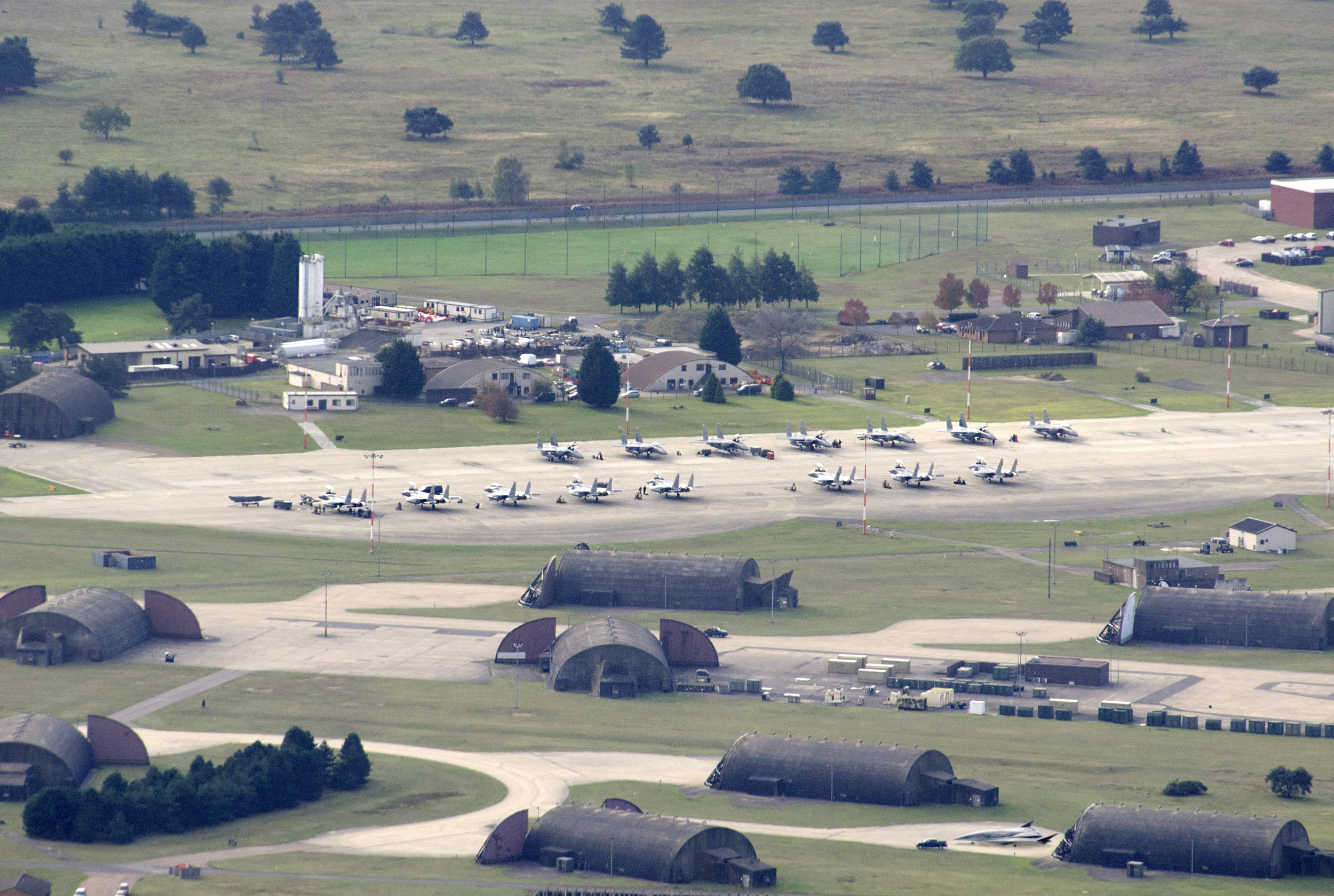US budget documents published earlier this year indicate that vaults at RAF Lakenheath are being adapted for possible storage of US nuclear weapons. Under so-called ‘nuclear sharing’ arrangements, a number of NATO countries host nuclear weapons. The weapons remain under the control of US forces. The UK has not hosted US nuclear weapons since 2008. Prior to that US weapons had been continually based in the UK since 1954.
News of the change was first published by Hans Kristensen, Director of the Nuclear Information Project at the Federation of American Scientists (FAS). Kristensen noticed a change in documents submitted to the US Congress as part of the justification for the US Fiscal Year 2023 budget. A paragraph discussing US contributions to the NATO infrastructure budget listed the UK alongside the five known nuclear sharing nations in reference to a programme to upgrade nuclear weapon storage sites. The document describes the programme as “wrapping up”.
The document is dated March 29th 2022. The UK does not appear in a similar list in the previous year’s justification, dated 28th January 2021, suggesting the change was made between these dates. According to Kristensen, Lakenheath, where nuclear gravity bombs were stored until 2008, is the most likely site. A 2016 photograph published in the FAS article shows an intact nuclear weapons storage vault inside an aircraft shelter at the base.
The US nuclear weapons hosted in foreign countries are variants of the B61 gravity bomb: the B61-3 and B61-4. Both have a variable yield capability, with the maximum yield of the B61-3 believed to be 170kt and the B61-4’s maximum yield believed to be 50kt. These weapons are due to be replaced in the US stockpile by the B61-12, which entered production this year. RAF Lakenheath was the first US base in Europe to take delivery of the new F35A aircraft, with the first arriving in December 2021.
The UK government refused to confirm or deny that US weapons would be stationed at Lakenheath, in response to repeated parliamentary questions from MPs. They described the issue as falling into the category of “US spending decisions and capabilities”, despite the US documents describing the programme as part of the NATO infrastructure budget.
